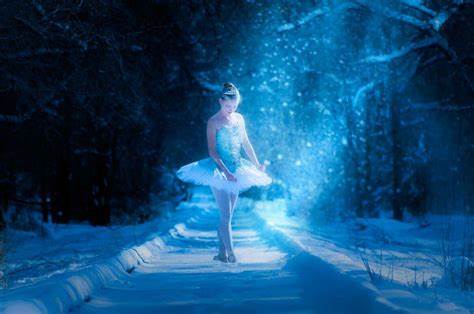There are many photographic techniques, and editing too, some go unnoticed and others become popular in an impressive way. Fine art photography falls into the second category. It is a very popular technique because the results are spectacular. Now, popular does not mean that it is an easy photograph.
Fine art photography requires a very thoughtful photographic process in which everything that appears in it is perfectly worked out. We are going to see what exactly fine art photography is and how to achieve spectacular photographs with this technique.
WHAT IS FINE ART PHOTOGRAPHY?
Fine art photography is a photographic style that views photography as a work of art. These types of photographs have a very pronounced pictorial style in which aesthetics take precedence over reality.
Fine art photography, therefore, does not seek to faithfully represent reality, but instead puts the aesthetic result before the faithful representation of the scene.
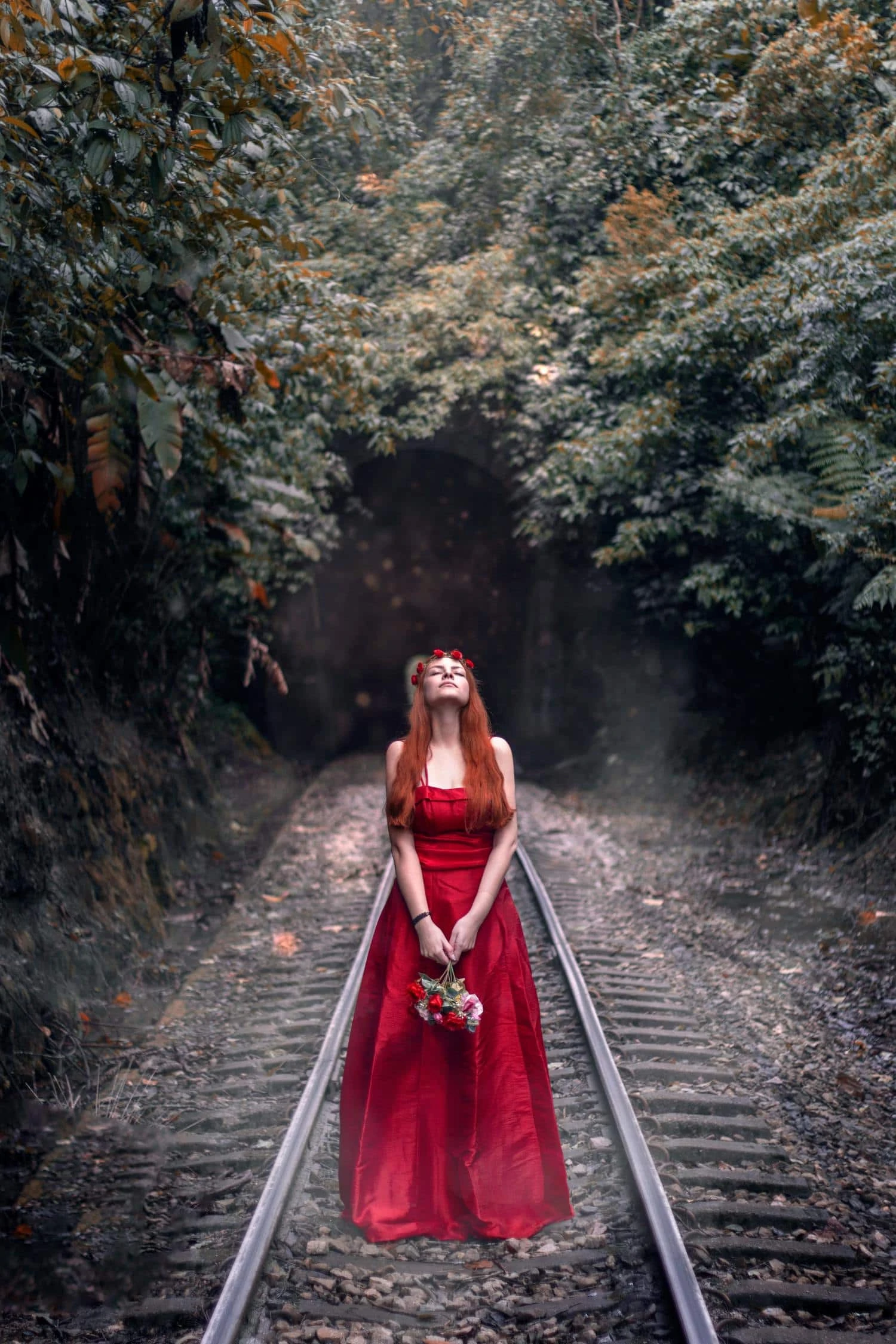
CHARACTERISTICS OF FINE ART PHOTOGRAPHY IN PORTRAITURE
Fine art photography applied to portraiture is characterized by a high aesthetic sense in which perfection is sought in every aspect of the image. The model is rendered extremely sharp, the clothes have been carefully chosen, and the background is a natural background where everything is perfect.
- Background with natural elements such as forests, roads, flower fields, etc.
- Very shallow depth of field to highlight the model.
- The face presents an extreme sharpness and without imperfections.
- Contrasting colors not always faithful to reality.
- Soft and diffused lighting.
- Many times the sunrise or sunset sky is represented in a real or fictitious way (in edition).
- Clothes and makeup are chosen in detail.
- Natural accessories such as flower crowns, etc., are often added as part of the model's wardrobe.
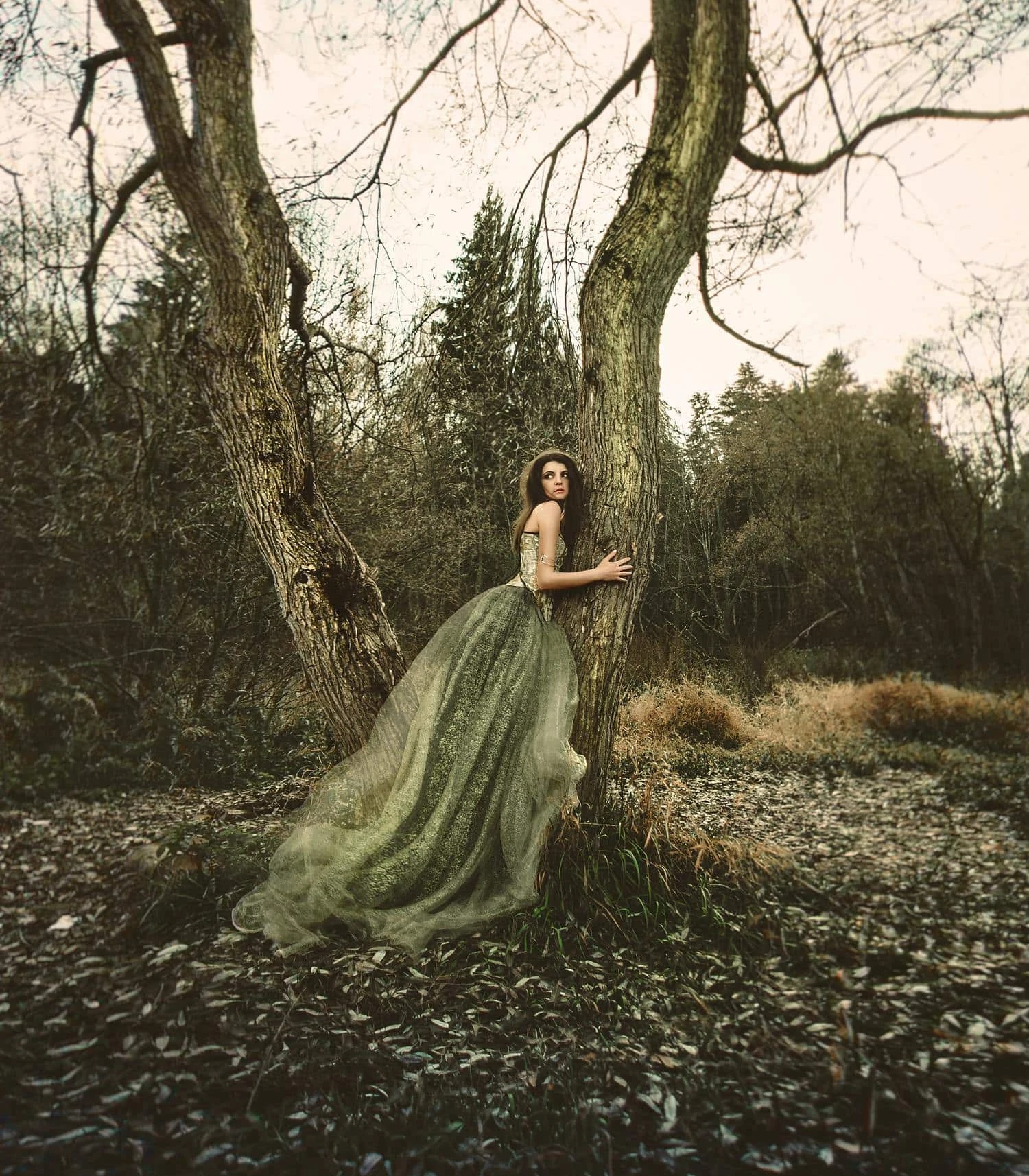
RECOMMENDED LENSES FOR FINE ART PHOTOGRAPHY
The best objectives for fine art photography are those that allow us to open the diaphragm a lot and that at the same time provide us with great sharpness. In this sense I recommend:
- A very bright fixed Wide Angle type 24mm f/1.4 or similar ( I have this one and it's magnificent ). The wide-angle optics will allow you to cover a good portion of the scene and the f/1.4 aperture will allow you to blur the background.
- A 50mm f/.14. It is what Mario called the King of Objectives and one of the best all-terrain fixed optics you can buy. It is very bright and has impressive sharpness. In terms of value for money it is difficult to find better.
- A short telephoto lens such as 105mm f/2, both for aperture and focal length, can be a good option to get very sharp images with a beautiful blurred background.
NOTE : remember the relationship between depth of field and blur when choosing a lens. In this sense, for example, an Angular , if it is not very bright, is not recommended if what you are looking for is blurred backgrounds, since they are objectives that offer a great depth of field.
That being said, I wouldn't want the subject of the lens to limit you, just try to choose the brightest you have because it will be decisive in the issue of background blur.
Here I leave you with some more ideas for portrait lenses that will surely help you if you are looking for one.
REQUIREMENTS FOR FINE ART PHOTOGRAPHY
Fine art photography requires a lot of planning. That is, the image process starts long before you press the shutter button.
- Browse the networks in search of inspiration, soak up ideas, write down the ones you like the most and bring those images to your field, your style and your way of understanding this type of creative photography.
- Locate a place for your session that meets the requirements: forests, fields, roads...
- You can also try natural-inspired fabrics to generate a fine art-style background.
- Choose a good time of day when you have soft, diffused light. Sunsets are great times to do it. However, you can help yourself with light modifiers to achieve your goal.
- Clothing is another of the undisputed protagonists of this type of photography. Vaporous garments in intense colors that contrast with the background usually work very well.
- The model's makeup is key and should help you hide any type of "imperfection" on the face, since we are looking for perfection.
- Fine art photography is widely used in children's portrait photography. In this type of photography, nature and children create a very natural bond.
- Images of animals such as ducks, cats, dogs, horses are often accompanied, to further emphasize this link with nature.
- It is very important to connect with the children so that the session flows pleasantly and thus you can get better images.
- If you are interested in photography specialized in children, I leave you with our mega guide on the subject.
- Give free rein to your creativity, fine art photography is pure art.
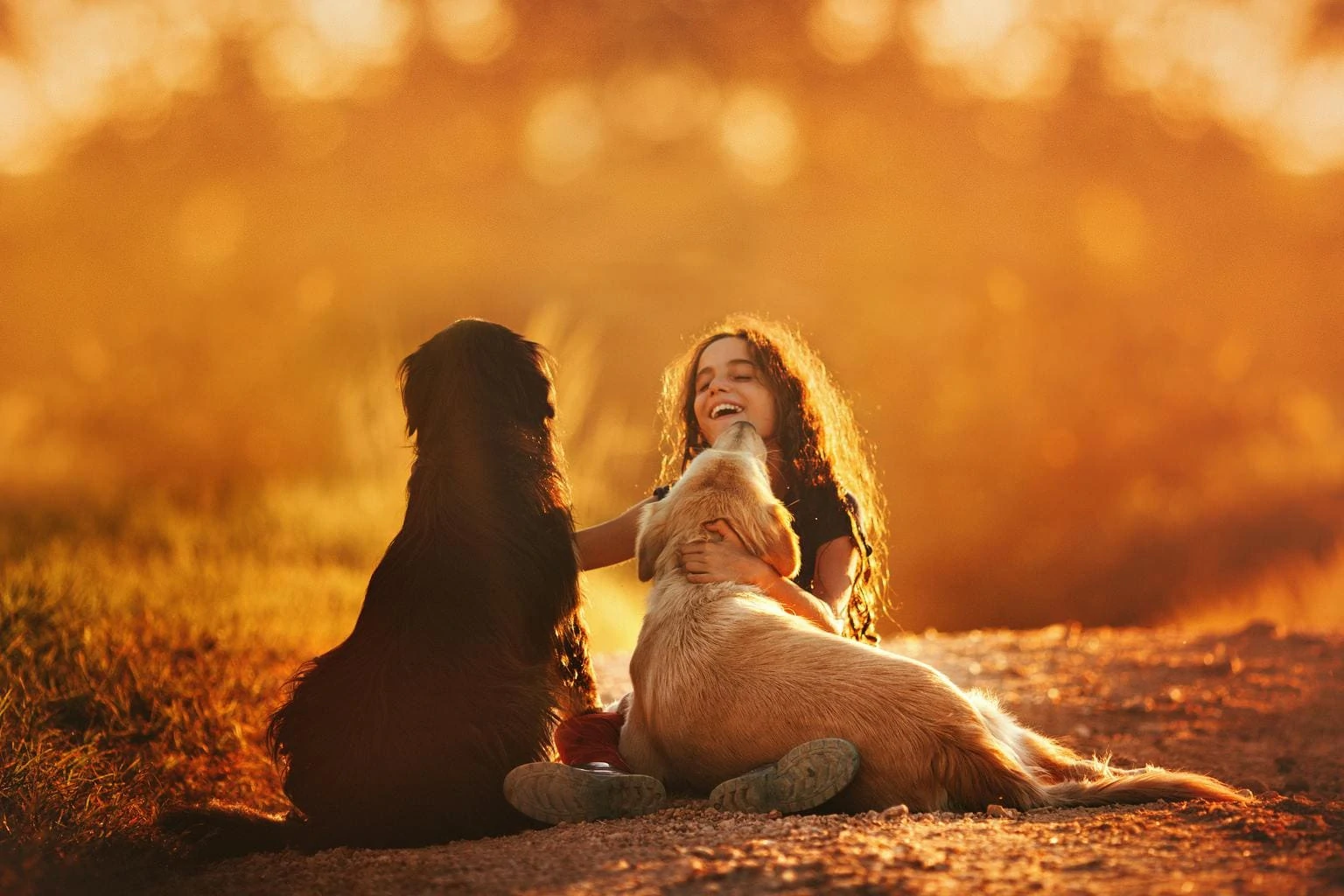
RECOMMENDED SETTINGS FOR FINE ART PHOTOGRAPHY
Following the logic of what a fine art photograph is , of how we want the final result to be, these are the necessary adjustments to start with a good image before going through the editing process:
- Use the widest possible aperture (low f/value).
- Prioritize focus.
- Use an ISO as low as possible, you will gain sharpness by avoiding noise in the photograph.
- Use a minimum speed high enough so that the image does not blur (remember that it depends on the focal length of the lens; the more focal length, the more speed you need to freeze the image well).
- Ideally, you should photograph in manual mode, although if you are not clear, choose the priority aperture diaphragm.
- Focus your model's eyes well:
- Make sure by enlarging the image in situ , there is nothing worse than coming home and seeing, after all the work, that you had not focused the face well.
- Never underexpose when taking the image. The quality loss when trying to recover an underexposed image is noticeable. It is best to slightly right the histogram.
- It is essential to work in RAW format.
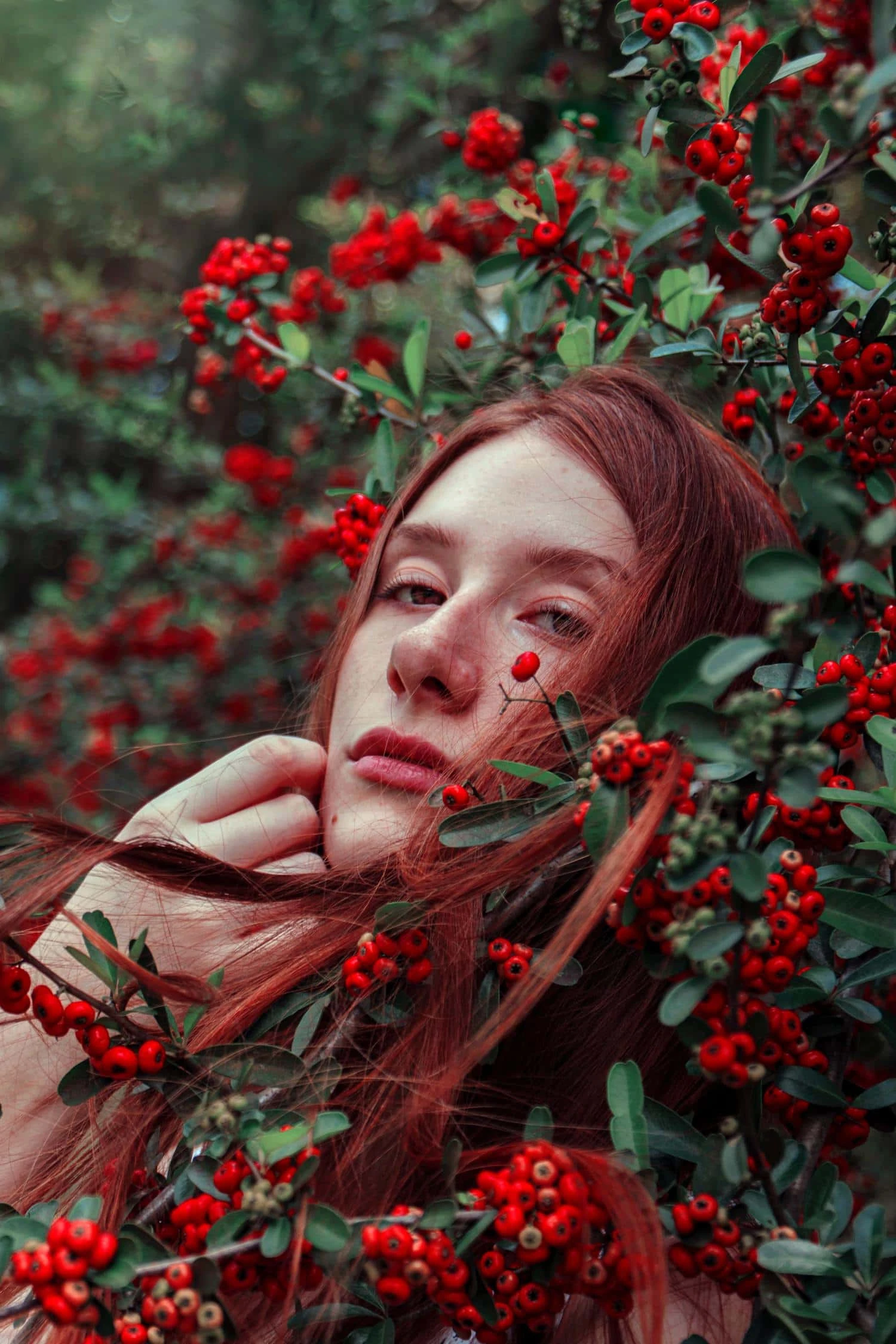
FINE ART PHOTOGRAPHY AND PHOTO EDITING
Although starting with a good image is essential, the need for editing that these types of photographs require is no less so. We could talk about 50% of the image corresponding to the execution and the other 50% to the edition. In this case, one cannot be understood without the other.
The editing of a fine art photograph should focus on:
- The light should be a warm and soft light, which helps to increase the sensation of a dream image, oneiric.
- Blur Backgrounds – You can add some blur to the background with the selective brushes.
- You can try the Orton effect, I'm sure it works well for you.
- Model perfectly focused and with a "perfect" face (it erases impurities from the skin such as spots or pimples). Give eyes power by brightening them, adding focus, etc.
- Contrasting and saturated colors: we are not looking for a true to life image, so the colors do not have to be true to it. Look for the contrast and saturation that accompany you to continue giving that dreamy touch to your image.
- It is very important that you find your own style in editing.
Here's an example (which doesn't have to be your style ? ).
EDITING PROGRAMS FOR FINE ART PHOTOGRAPHY
I don't think I reveal any mystery regarding editing programs in this article ;). The ones I recommend the most are the Adobe classics and Capture One:
- photoshop
- Lightroom
- Capture One
Ideally, you can either work by layers, or work selectively within the image, since you don't want to apply all the adjustments to the image in general, but you will do it by zones. It is also imperative that they handle RAW files.
Here are some alternatives to the "classics" that you may also be interested in, such as Photopea .
FINE ART PHOTOGRAPHERS TO INSPIRE YOU
As I already pointed out in the “requirements” section, it all starts with letting yourself be inspired by great photographers that you can find on Social Networks like Instagram .among other.
In this case, I recommend four photographers with different styles so that you can see the extensive possibilities of this type of photography:
OLGA FLER
Specialized in children's photography in a classic fine art style . Her images are warm and full of magic and love for nature. You can follow her on Instagram for more inspiration, ( @olga_fler_).
MILA WELLES
Another fine art style photographer specializing in family photography that you can be inspired by. As you can see, his photographs are based on a natural environment, warm lights, blurred backgrounds, and saturated colors.
PAULINA DUCZMAN
This photographer is based on a studio portrait fine art photography . In it you can see how far the search for perfection goes in the faces of the models, in the skin, in the eyes, how they seek to make them stand out from the background, etc. Visit her Instagram accountfor more inspiration ?
ANA LORA
This style of fine art photography is less "classic" but just as captivating. Ana Lora's portraits are highly artistic, she constantly plays with color, with natural elements and light, but focuses more on the model and not so much on the environment. You can follow her for more inspiration on her Instagram account ( @analora.art).
And here is this article on Fine Art photography . Do you know this style? What have I looked like? The truth is that the result of this technique does not go unnoticed, not in vain is it one of the most popular styles among photographers specializing in family and children's sessions.

